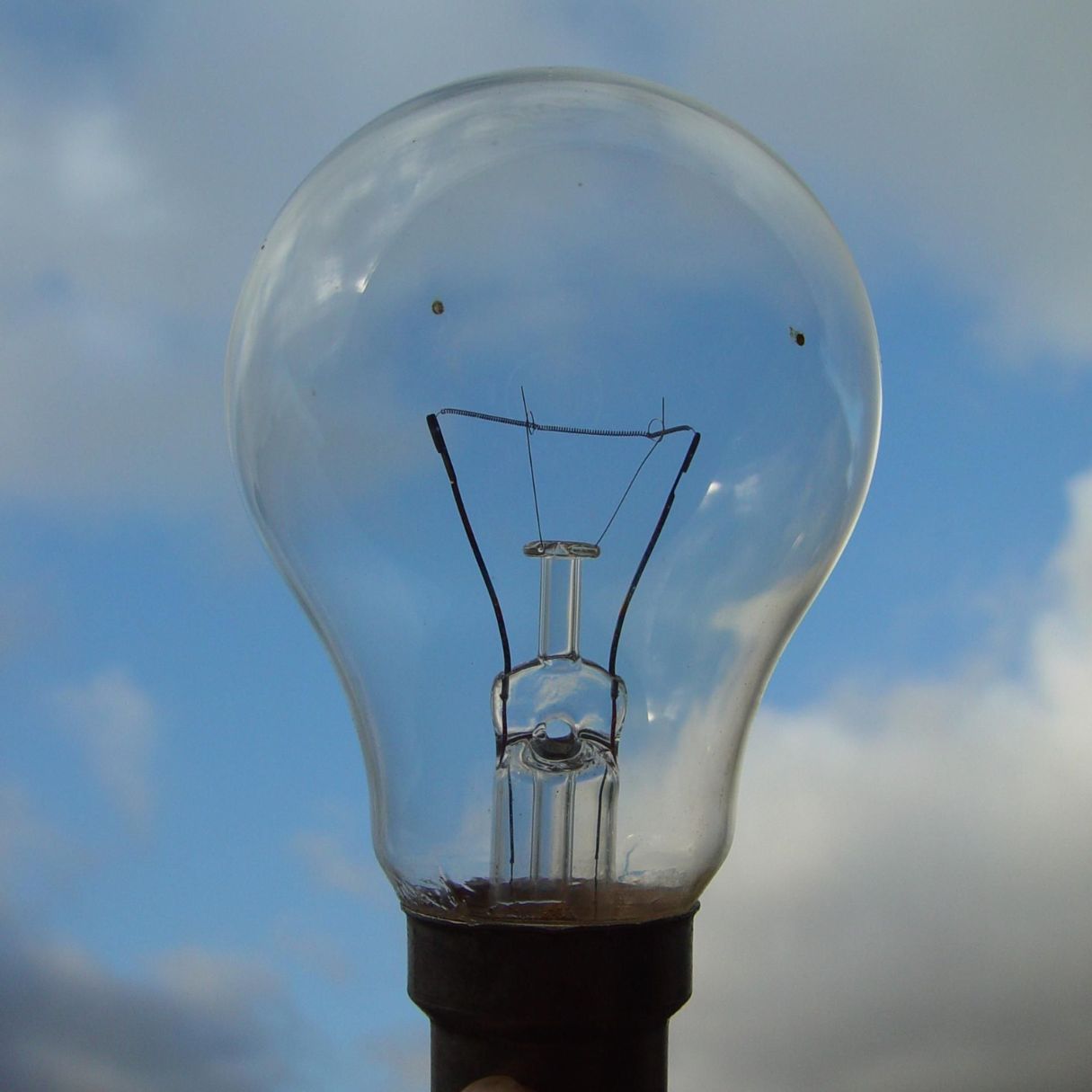

Articles
What Year Was The Light Bulb Invented?
Modified: February 22, 2024
Discover the fascinating history of the light bulb and its invention in our informative articles. Learn how this groundbreaking invention revolutionized the world.
(Many of the links in this article redirect to a specific reviewed product. Your purchase of these products through affiliate links helps to generate commission for Storables.com, at no extra cost. Learn more)
Introduction
Lighting is an essential part of our everyday lives, providing illumination and enhancing the aesthetics of our surroundings. However, it wasn’t always accessible or convenient. Before the invention of the light bulb, people relied on natural light during the day and various forms of artificial lighting at night.
In this article, we will delve into the fascinating history of artificial lighting and explore the invention of the light bulb, which revolutionized the way we illuminate our spaces.
From the earliest primitive forms of lighting to the groundbreaking invention that changed the world, join us as we uncover the captivating journey of lighting technology.
Key Takeaways:
- The invention of the light bulb by Thomas Edison revolutionized artificial lighting, paving the way for safer, more reliable, and convenient illumination that transformed society and urban landscapes.
- Advancements in lighting technology, from incandescent to LED bulbs, have led to energy efficiency, environmental impact reduction, and enhanced quality, flexibility, and control of lighting solutions.
Early History of Artificial Lighting
Long before the development of the light bulb, our ancestors devised innovative ways to light up their surroundings after sunset. The earliest form of artificial lighting can be traced back to prehistoric times, where early humans utilized primitive tools to create fire.
The discovery of fire revolutionized human existence, providing warmth, protection, and, of course, light. For centuries, fire remained the primary source of artificial lighting, with people using torches, candles, and oil lamps to navigate through the darkness.
A significant advancement in artificial lighting came with the invention of oil lamps. These early lamps had a container to hold oil, and a wick made of natural fibers that absorbed the oil and burned steadily. Oil lamps provided a more controlled and reliable source of light compared to torches and candles.
As civilizations grew and progressed, so did their methods of artificial lighting. Ancient Greeks and Romans utilized devices called “lucernae,” which were oil lamps with multiple wicks, offering brighter illumination. In China, traditional lanterns were crafted using paper or silk and were lit with candles.
Despite these advancements, lighting remained limited and often expensive. Only the wealthy could afford elaborate lighting setups, while the majority of the population relied on meager light sources.
However, the quest for a more efficient and accessible form of lighting was underway. Inventors and scientists across the centuries began experimenting with various materials, designs, and fuel sources, all in search of a breakthrough that would change the world.
The Invention of the Light Bulb
The invention of the light bulb is credited to Thomas Edison, an American inventor and businessman, who successfully developed a practical and commercially viable design in the late 19th century.
Edison’s journey towards creating a reliable electric light source began with numerous trials and failures. He tested a wide range of materials for the filament, the part of the bulb that emits light when heated by an electric current. After countless experiments, Edison found that a carbonized bamboo filament lasted the longest and provided the most efficient light.
In 1879, Edison patented his improved design for an incandescent light bulb. This innovative light bulb consisted of a thin filament inside a glass bulb, which was then evacuated of air to create a vacuum. The absence of oxygen prevented the filament from burning, allowing it to emit light without disintegrating.
Edison’s light bulb was a breakthrough in lighting technology. Unlike previous forms of artificial lighting, it didn’t rely on combustion or flame, making it safer and more convenient. Furthermore, the incandescent bulb produced a steady and reliable source of light, without the flickering and uneven illumination associated with oil lamps and candles.
While Edison is often credited with “inventing” the light bulb, it’s important to note that he built upon the work of previous inventors and scientists who had made significant contributions towards the development of electric lighting. His success lay in creating a commercially feasible design that could be mass-produced and distributed.
The invention of the light bulb had a profound impact on society. It transformed the way we live and work, providing a reliable and accessible source of light that extended the hours of productivity and recreation.
Soon after the invention of the light bulb, cities and towns around the world began transitioning from gas lamps to electric lighting, revolutionizing urban landscapes at night. Streets and buildings were bathed in a new brilliance, enhancing safety, ambiance, and social interaction.
From that point forward, the light bulb became a symbol of innovation and progress, illuminating homes, offices, and public spaces, while also influencing various industries, such as entertainment, transportation, and manufacturing.
However, Edison’s incandescent bulb was just the beginning of the evolution of lighting technology. Over the years, inventors and engineers have continued to refine and develop new types of bulbs to enhance efficiency, reduce energy consumption, and provide more environmentally friendly lighting solutions.
The first practical incandescent light bulb was invented by Thomas Edison in 1879. This invention revolutionized the way we light our homes and businesses.
Evolution of Light Bulb Designs
Since the invention of the incandescent light bulb by Thomas Edison, there have been significant advancements in the design and technology of light bulbs. Inventors and scientists have constantly sought to improve efficiency, durability, and energy consumption, leading to the development of various types of light bulbs.
One of the major advancements was the introduction of the fluorescent light bulb in the 1930s. Unlike incandescent bulbs that rely on a filament, fluorescent bulbs produce light when an electric current stimulates a gas-filled tube, causing the coating on the inside to emit visible light. Fluorescent bulbs are more energy-efficient and have longer lifespans compared to incandescent bulbs.
In the mid-20th century, another significant breakthrough came with the invention of the compact fluorescent lamp (CFL). CFLs are a more compact version of fluorescent bulbs and became popular due to their energy efficiency and longer lifespan. Although initially more expensive than incandescent bulbs, CFLs quickly gained popularity as people recognized their long-term benefits in terms of energy savings.
In recent years, Light Emitting Diode (LED) technology has revolutionized the lighting industry. LED bulbs are highly energy-efficient, durable, and have a significantly longer lifespan compared to traditional bulbs. Additionally, LEDs are capable of producing various colors and can be dimmed, making them versatile for different lighting applications.
The advancements in LED technology have resulted in the phasing out of less energy-efficient options such as incandescent and CFL bulbs. LED bulbs have become the go-to choice for residential, commercial, and outdoor lighting, contributing to significant energy savings and reducing carbon emissions.
Another innovative development is the smart light bulb, which integrates with home automation systems and can be controlled through mobile devices. These smart bulbs offer features like remote control, color-changing options, scheduling, and even syncing with music and other smart devices, providing enhanced convenience and functionality.
The evolution of light bulb designs has also focused on sustainability and environmental impact. The push for greener technologies has led to the development of energy-efficient bulbs with lower energy consumption and reduced carbon footprint.
Furthermore, efforts are being made to improve the recyclability of light bulbs, minimizing their impact on the environment. Many manufacturers now offer recycling programs for disposing of old light bulbs safely.
As technology continues to advance, we can expect further innovations in light bulb designs. From improvements in energy efficiency to the integration of smart technology, the future of lighting holds exciting possibilities for more sustainable and personalized lighting solutions.
Impact and Advancements in Lighting Technology
The advancements in lighting technology have had a profound impact on various aspects of our lives, from our daily activities to the environment. Let’s explore the key ways in which lighting technology has transformed the world:
1. Energy Efficiency: One of the most significant advancements is the development of energy-efficient light bulbs. Compared to traditional incandescent bulbs, newer options such as CFLs and LEDs consume significantly less energy while providing the same or better illumination. This has resulted in reduced energy consumption and cost savings for consumers and businesses alike.
2. Environmental Impact: Energy-efficient lighting solutions have contributed to a reduction in carbon emissions. As consumers switch to more eco-friendly options, the overall environmental impact of lighting has decreased. Additionally, the longer lifespan of LED bulbs reduces the number of discarded bulbs, further minimizing waste.
3. Cost Savings: The introduction of energy-efficient bulbs has not only reduced energy consumption but also led to significant cost savings for individuals and businesses. Although initially more expensive than traditional bulbs, the longer lifespan and lower energy consumption of these bulbs outweigh their higher upfront costs in the long run.
4. Improved Quality of Lighting: Lighting technology advancements have resulted in improved quality of light. LED bulbs, for instance, offer better color rendering, allowing for more vibrant and accurate lighting. This has had a positive impact on tasks that require precise illumination, such as reading, artwork, and photography.
5. Flexibility and Control: The integration of smart technology into lighting systems has given users greater flexibility and control over their lighting. Smart bulbs can be easily controlled through mobile devices, allowing users to adjust brightness, color, and even create schedules. This level of customization enhances the ambiance and functionality of lighting in homes and businesses.
6. Safety and Security: Modern lighting solutions have enhanced safety and security measures. Motion sensor lights, for example, can detect movement and automatically illuminate areas, deterring potential intruders. Additionally, programmable timers and remote control features provide peace of mind to homeowners by giving the illusion of occupancy when they are away.
7. Advancements in Design: Lighting technology has also influenced the design and aesthetics of lighting fixtures. The small size and flexibility of LED bulbs have opened up new possibilities in architectural and interior lighting design. Creative lighting solutions have transformed living spaces, creating visual appeal and enhancing the atmosphere.
8. Human-centric Lighting: Research has shown the impact of lighting on human health and well-being. The concept of human-centric lighting aims to align artificial lighting with circadian rhythms and mimic natural daylight. These advancements have the potential to improve productivity, mood, and overall quality of life.
As lighting technology continues to progress, we can anticipate further advancements that will reshape the way we illuminate our world. From sustainable lighting solutions to more personalized and interactive experiences, the future of lighting holds immense potential for a brighter and greener future.
Read more: What Year Was The Refrigerator Invented
Conclusion
The invention of the light bulb by Thomas Edison marked a significant milestone in the history of artificial lighting. Since then, lighting technology has evolved dramatically, bringing about profound changes in our lives and the world around us.
From the earliest forms of artificial lighting, such as torches and oil lamps, to the development of incandescent bulbs, fluorescent lights, and now LED technology, each innovation has contributed to safer, more efficient, and environmentally friendly illumination solutions.
The impact of these advancements in lighting technology cannot be overstated. Energy-efficient bulbs have resulted in significant energy savings, reduced electricity costs, and a smaller carbon footprint. Furthermore, lighting technology has enhanced safety, security, flexibility, and control, transforming the way we light up our homes, businesses, and public spaces.
The evolution of light bulb designs has also focused on improving the quality of light and introducing human-centric lighting that aligns with our natural circadian rhythms. These developments have the potential to positively impact our well-being, mood, and productivity.
As we look to the future, there is immense potential for further advancements in lighting technology. The integration of smart technology, sustainable lighting solutions, and innovative designs will continue to shape the way we illuminate our world. With each new development, the possibilities for creating personalized, eco-friendly, and visually stunning lighting experiences only grow.
Just as the invention of the light bulb revolutionized society over a century ago, the ongoing advancements in lighting technology hold the promise of a brighter, more sustainable, and interconnected future. So let us embrace these innovations and revel in the radiance of progress.
Frequently Asked Questions about What Year Was The Light Bulb Invented?
Was this page helpful?
At Storables.com, we guarantee accurate and reliable information. Our content, validated by Expert Board Contributors, is crafted following stringent Editorial Policies. We're committed to providing you with well-researched, expert-backed insights for all your informational needs.



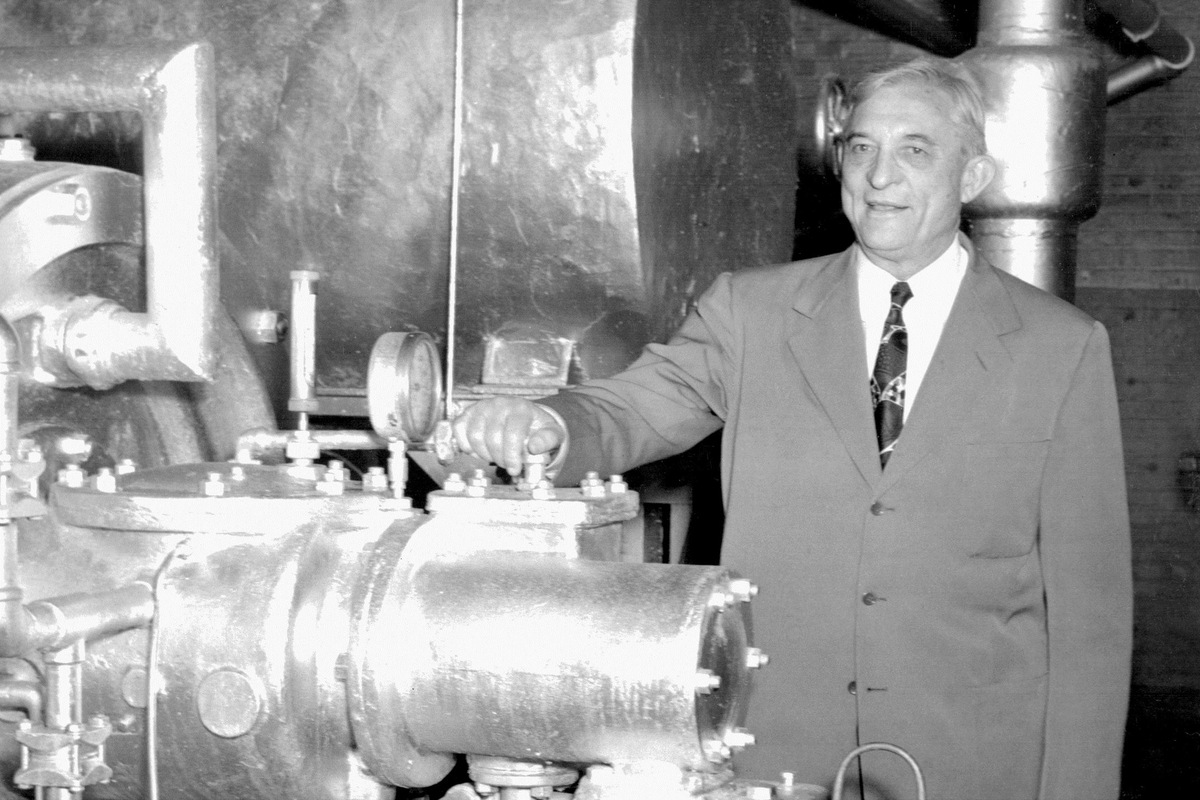

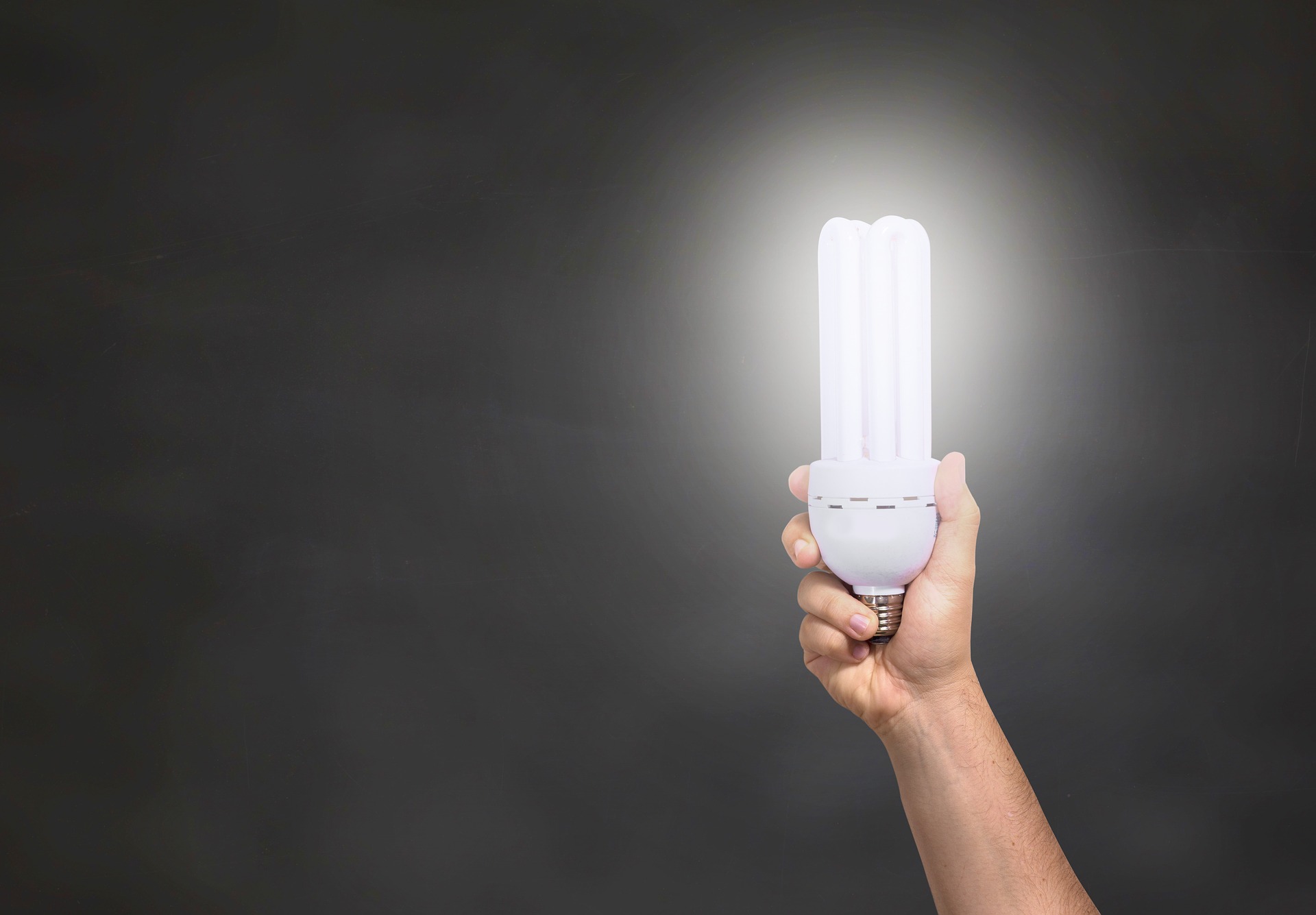


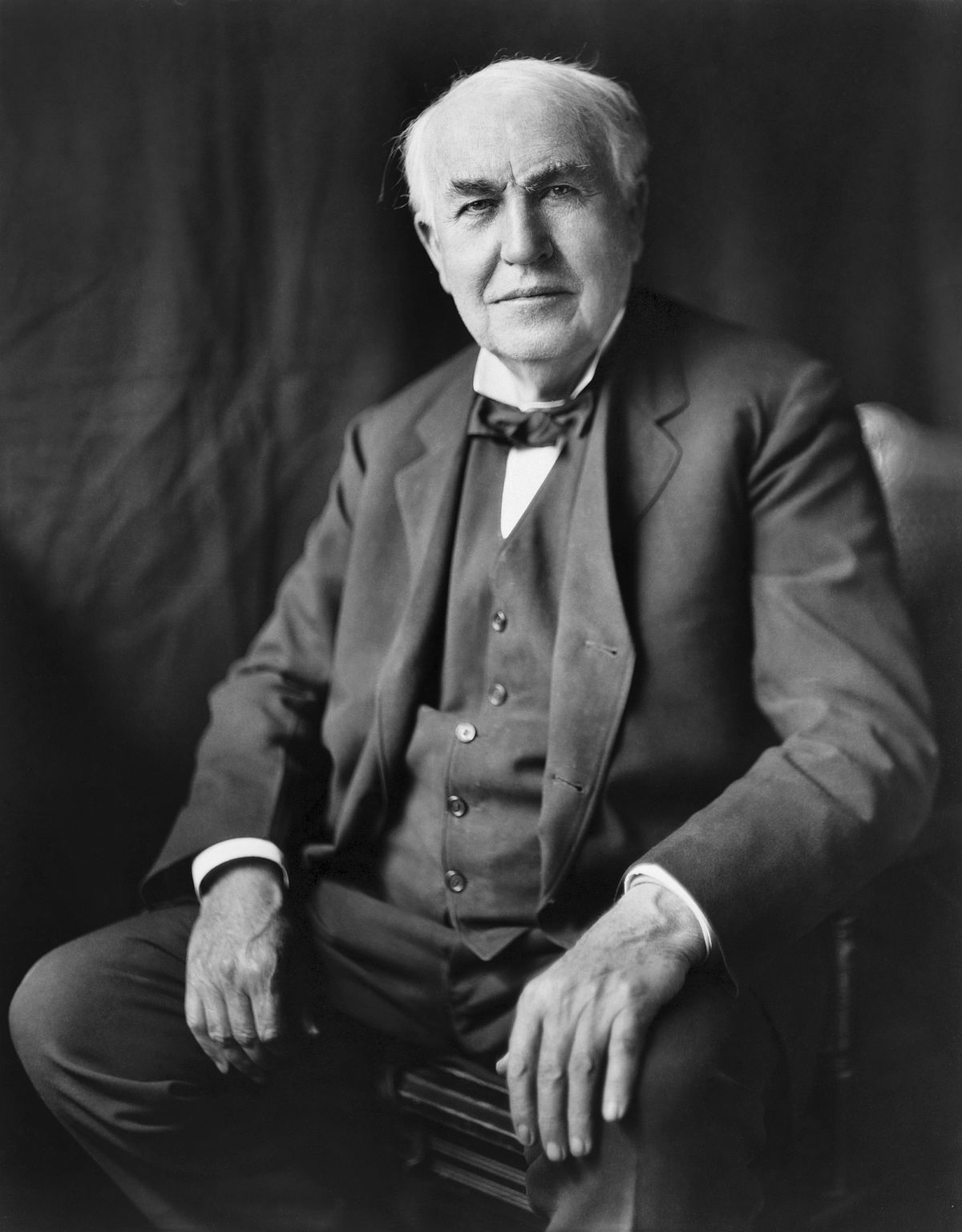
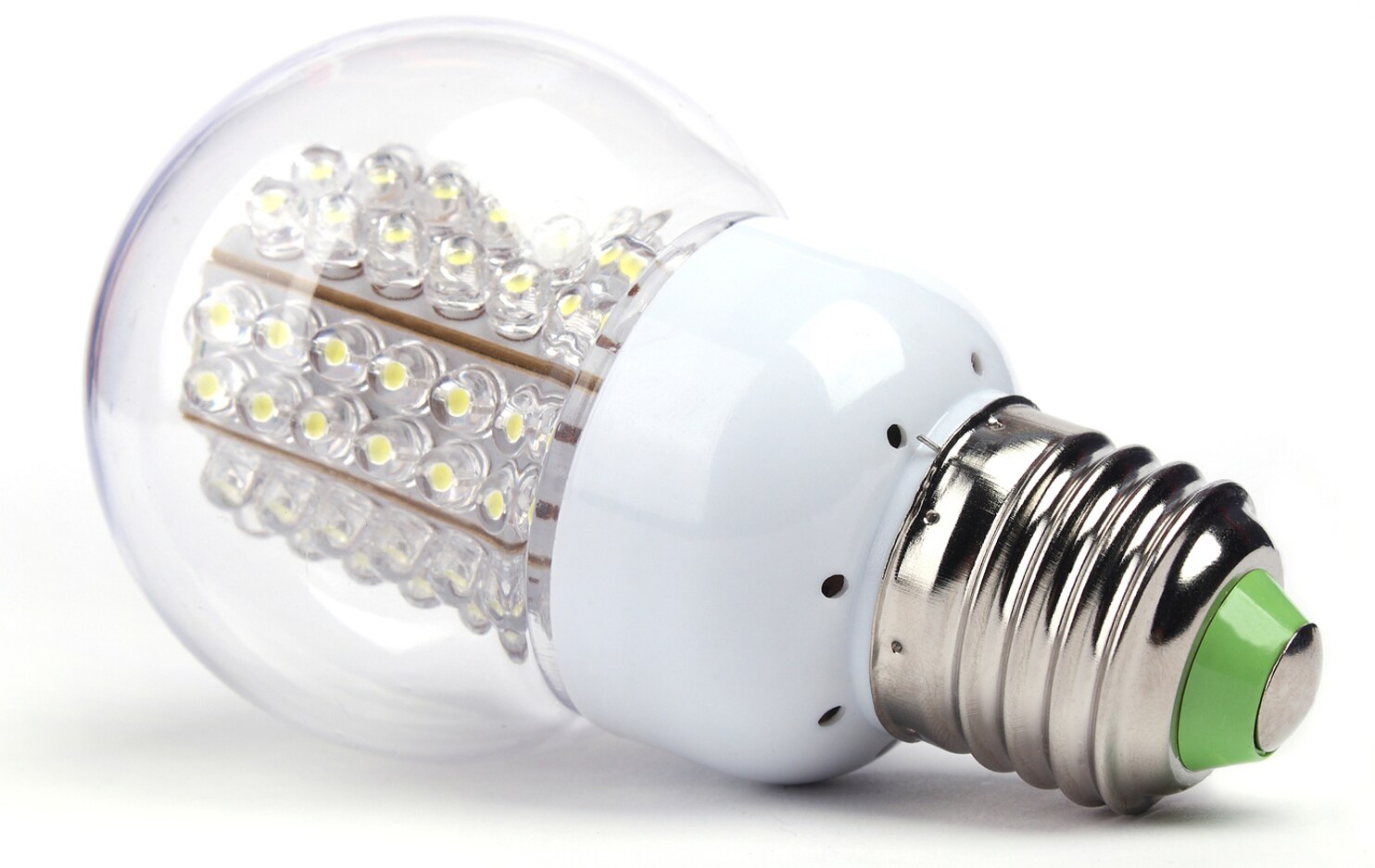
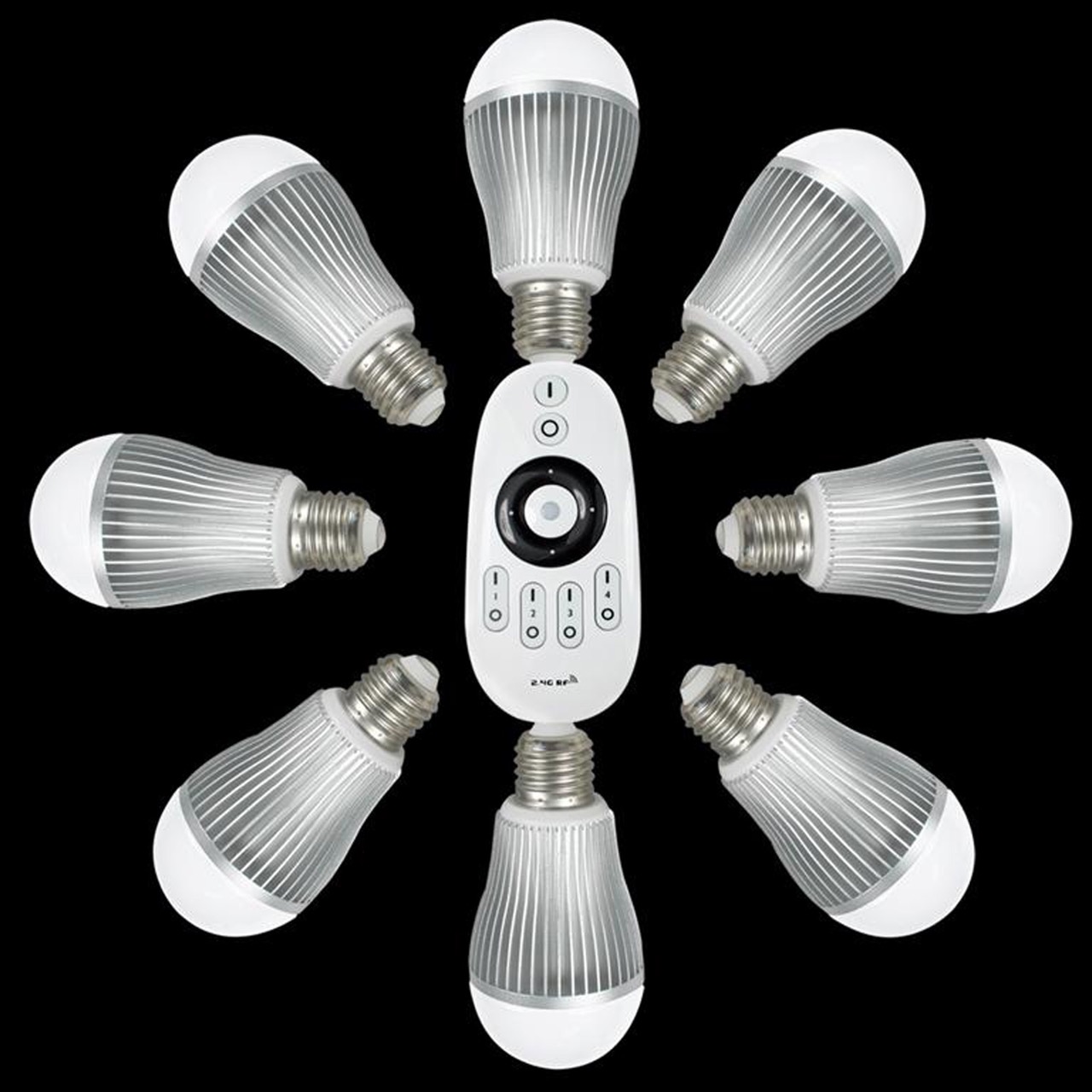
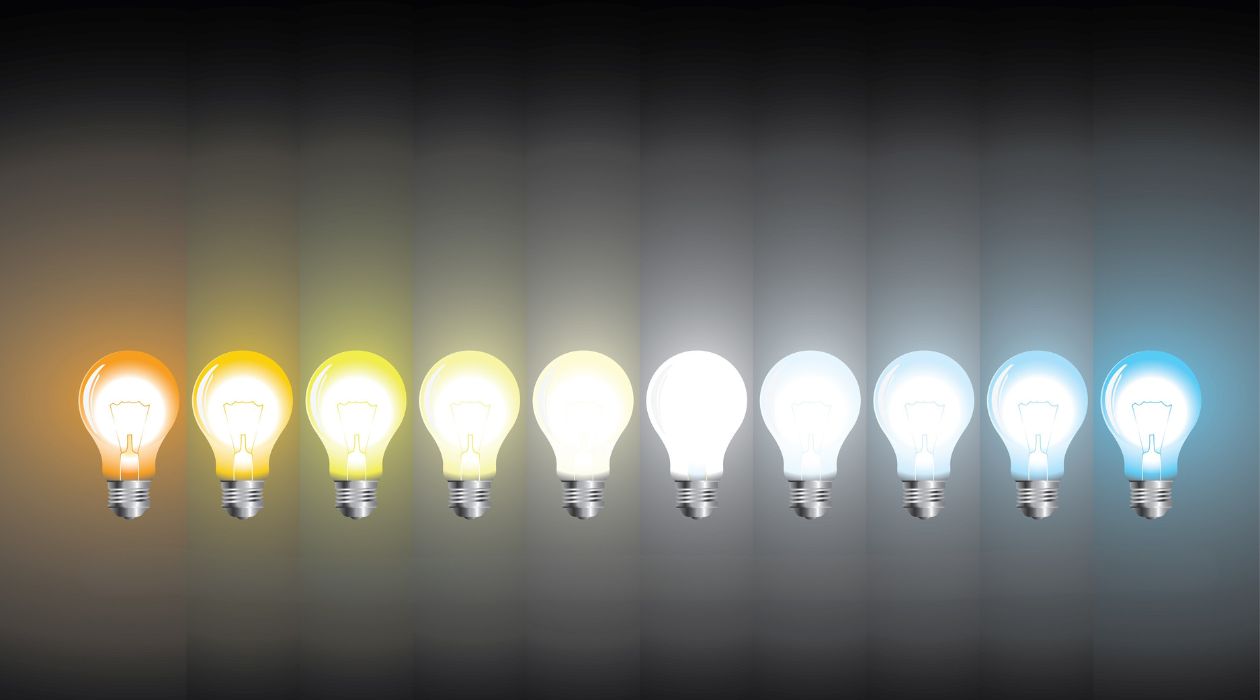
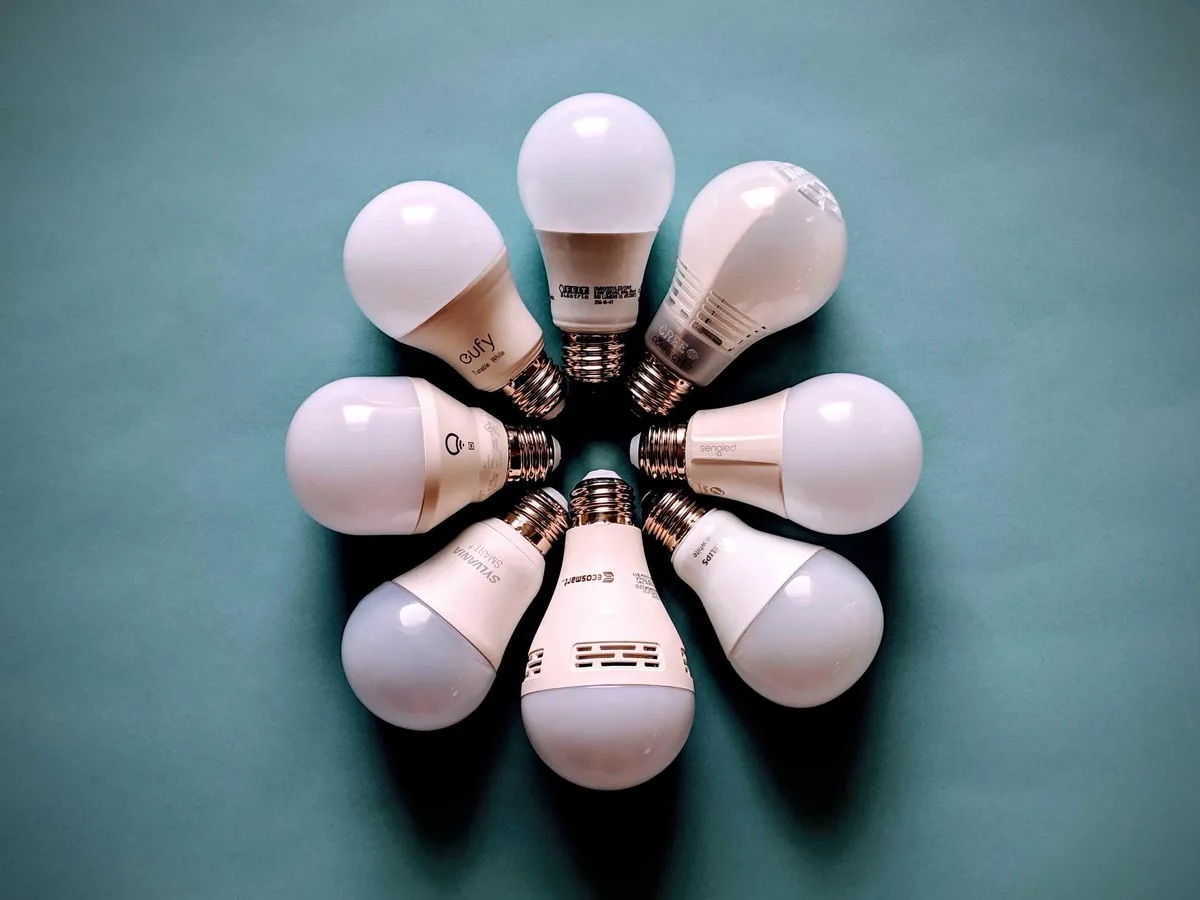
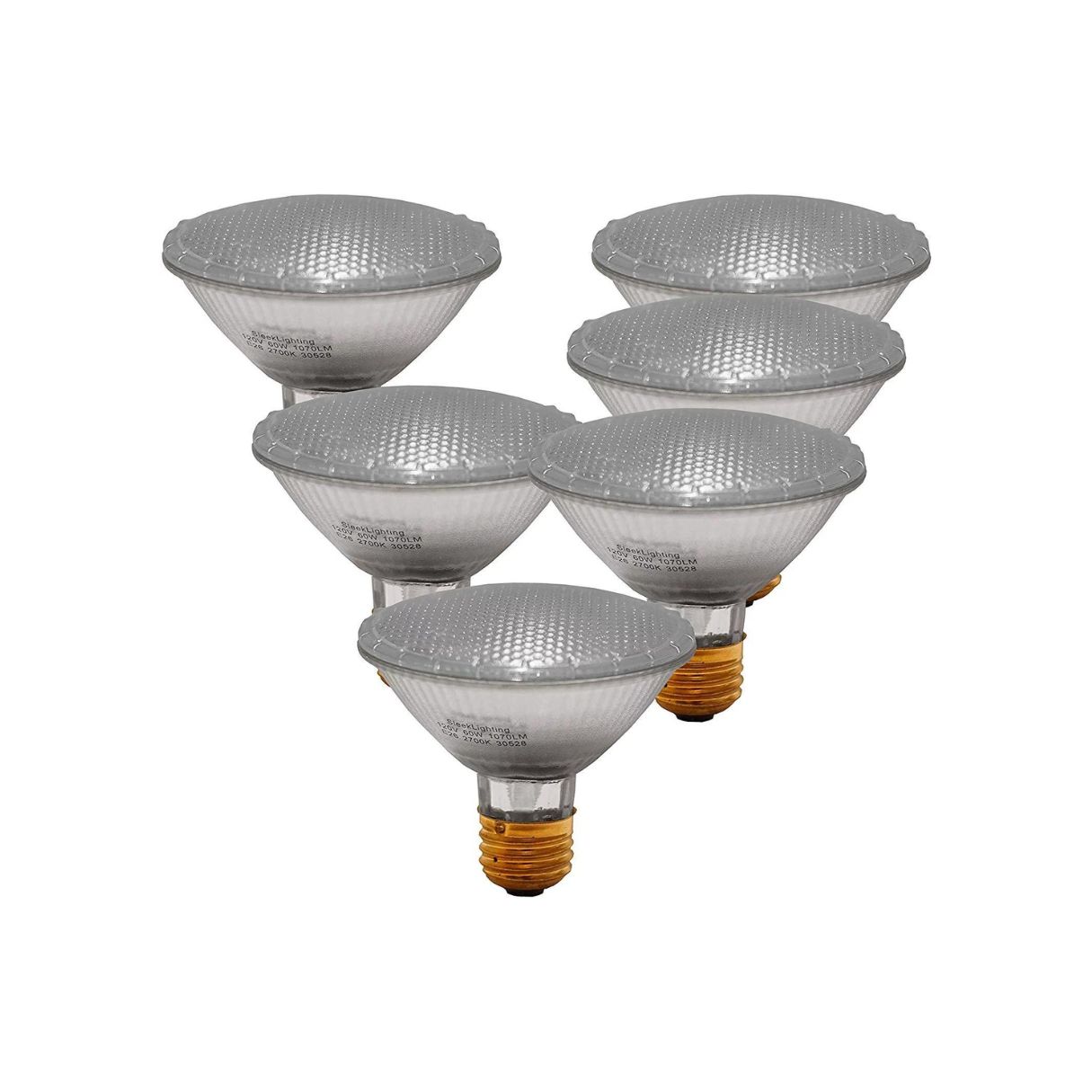

0 thoughts on “What Year Was The Light Bulb Invented?”